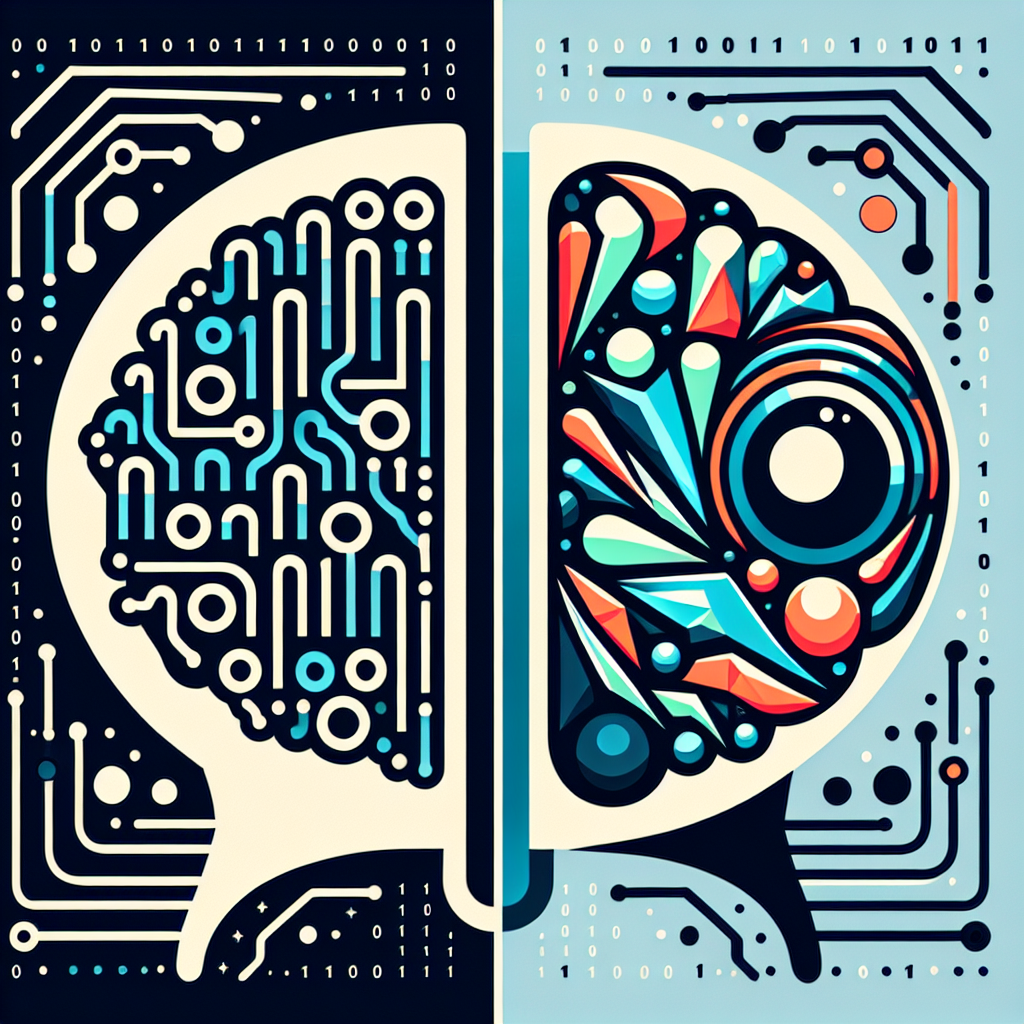Generative Adversarial Networks (GANs) have gained a lot of attention in the field of Natural Language Processing (NLP) in recent years. These powerful neural network models have shown great potential in enhancing language models and generating realistic text. In this article, we will provide a primer on GANs in NLP and explore how they can be used to improve language generation tasks.
What are GANs?
GANs are a type of deep learning model consisting of two neural networks: a generator and a discriminator. The generator generates fake data, such as images or text, while the discriminator evaluates the authenticity of the generated data. The two networks are trained in a competitive manner, with the generator trying to produce realistic data to fool the discriminator, and the discriminator trying to distinguish between real and fake data.
How GANs are used in NLP
In NLP, GANs can be used to generate natural language text that closely resembles human-written text. By training a GAN on a large corpus of text data, the generator can learn to produce realistic sentences and paragraphs. This can be useful for tasks such as text generation, machine translation, and dialogue systems.
One of the key advantages of using GANs in NLP is their ability to generate diverse and coherent text. Traditional language models, such as recurrent neural networks (RNNs) or transformers, can sometimes produce repetitive or nonsensical text. GANs, on the other hand, can learn to generate more varied and contextually relevant text by training the generator to fool the discriminator.
Another benefit of using GANs in NLP is their ability to learn from unlabeled data. While supervised learning methods require labeled data for training, GANs can learn to generate text from unstructured text data without the need for explicit labels. This can be particularly useful in scenarios where labeled data is scarce or expensive to obtain.
Challenges and limitations
Despite their potential, GANs in NLP also face several challenges and limitations. One of the main challenges is training instability, where the generator and discriminator can get stuck in a game of cat-and-mouse, leading to poor convergence and suboptimal results. Researchers are actively working on developing more stable training techniques for GANs in NLP.
Another limitation of GANs in NLP is the potential for generating biased or offensive text. Since GANs learn from the data they are trained on, they can inadvertently reproduce biases present in the training data. It is crucial for researchers to carefully curate and preprocess the training data to mitigate these biases.
Conclusion
In conclusion, GANs have shown great promise in enhancing language models and generating realistic text in NLP. By training a generator and discriminator in a competitive manner, GANs can learn to produce diverse and contextually relevant text. While there are challenges and limitations to using GANs in NLP, ongoing research and advancements in the field are helping to address these issues. Overall, GANs offer a powerful tool for improving language generation tasks and pushing the boundaries of what is possible in NLP.
#Primer #GANs #NLP #Enhancing #Language #Models #Generative #Adversarial #Networks,gan)
to natural language processing (nlp) pdf


Leave a Reply